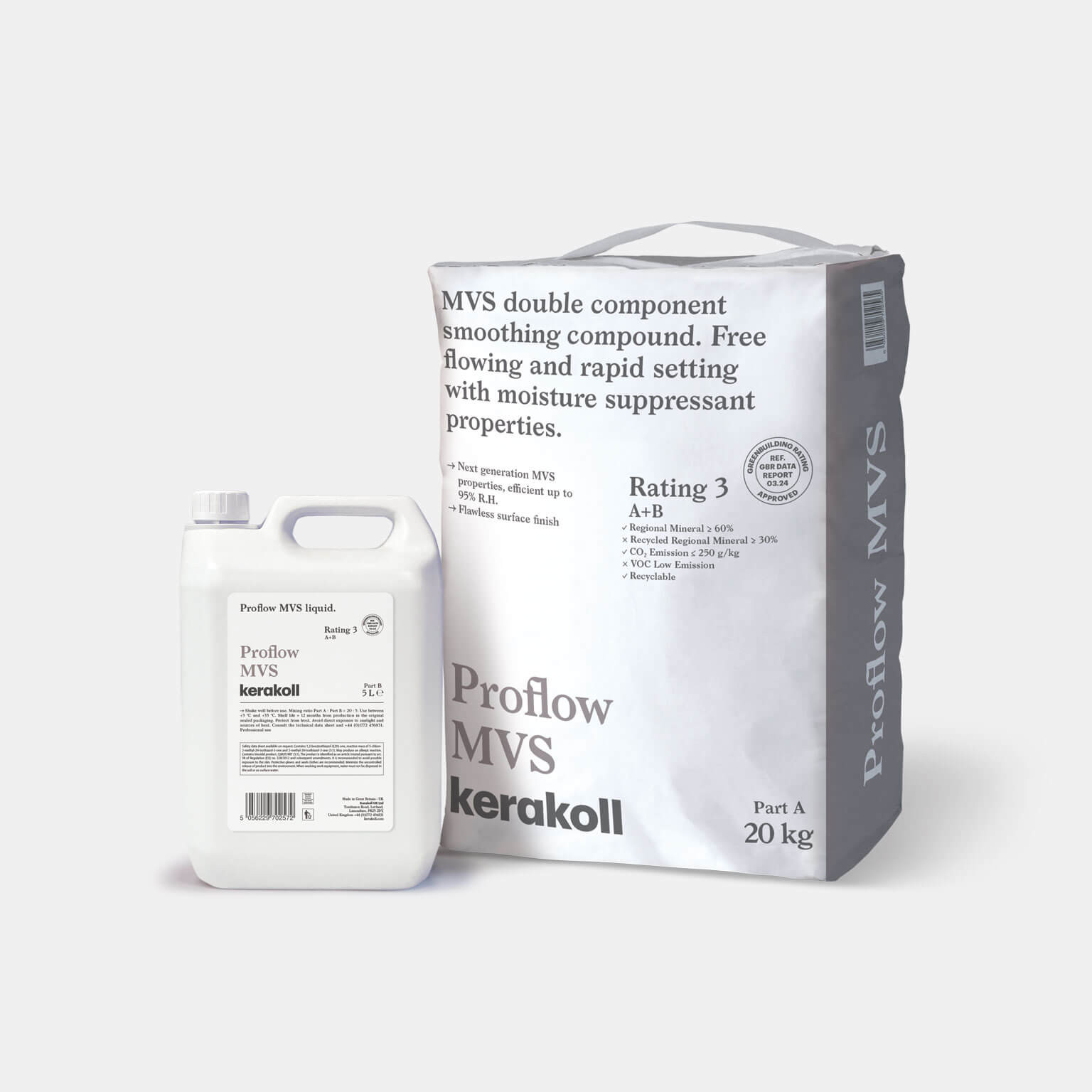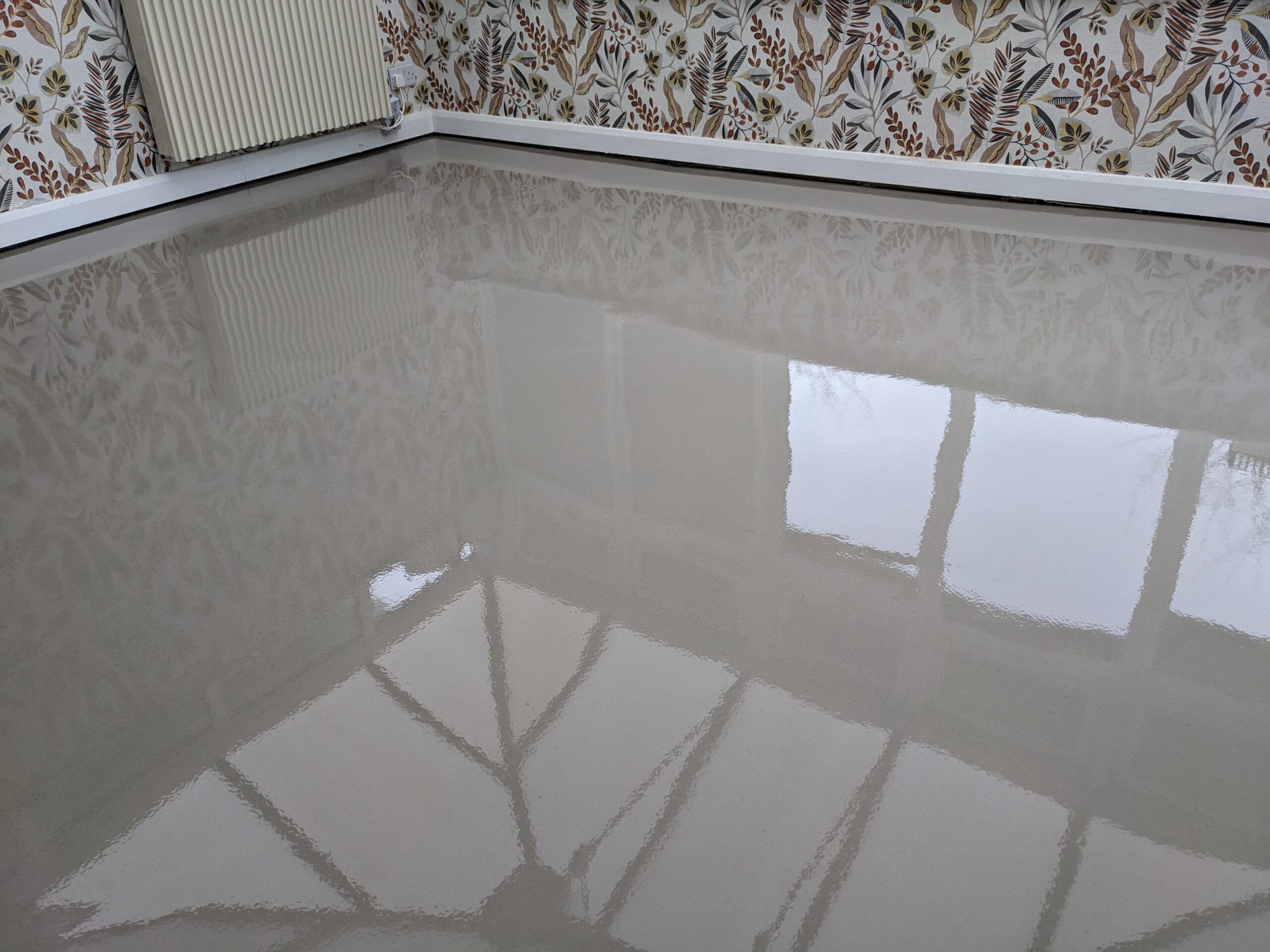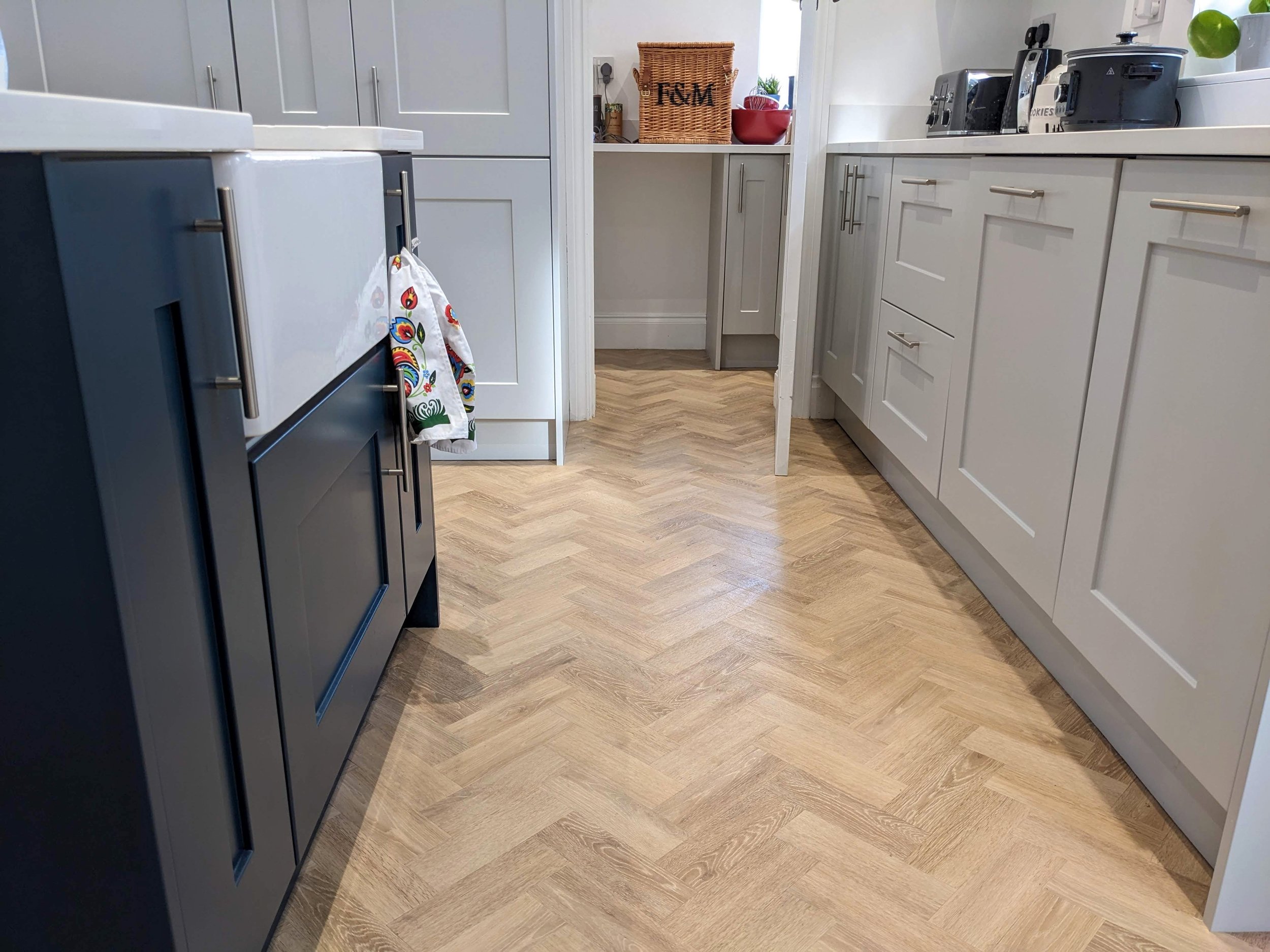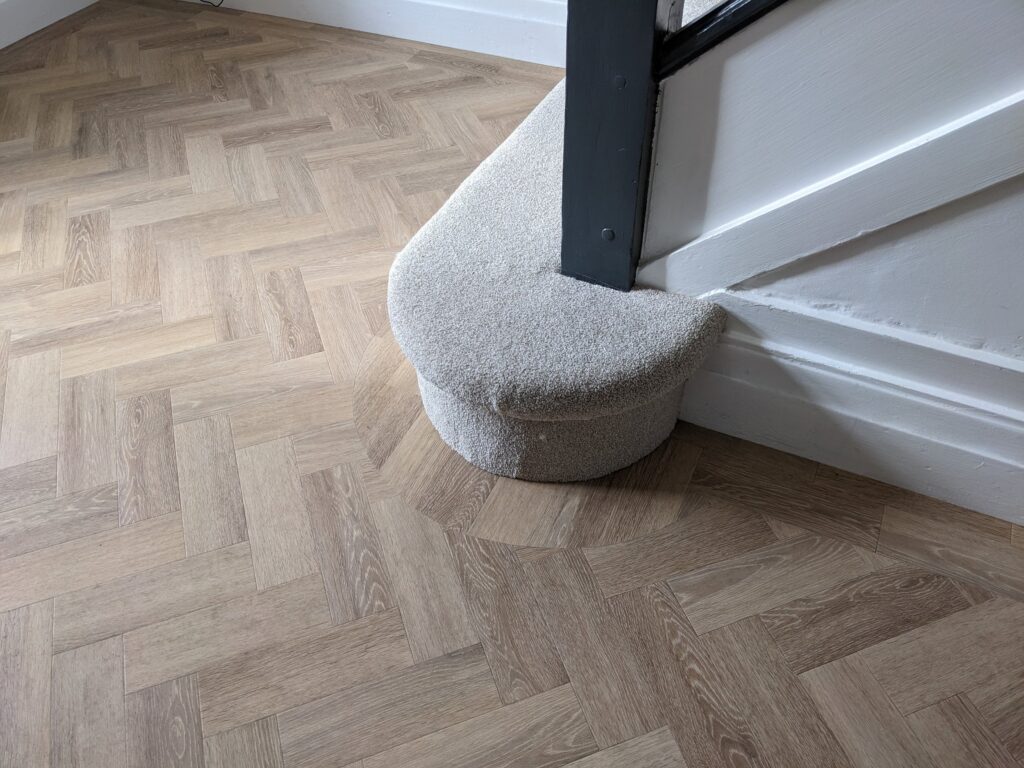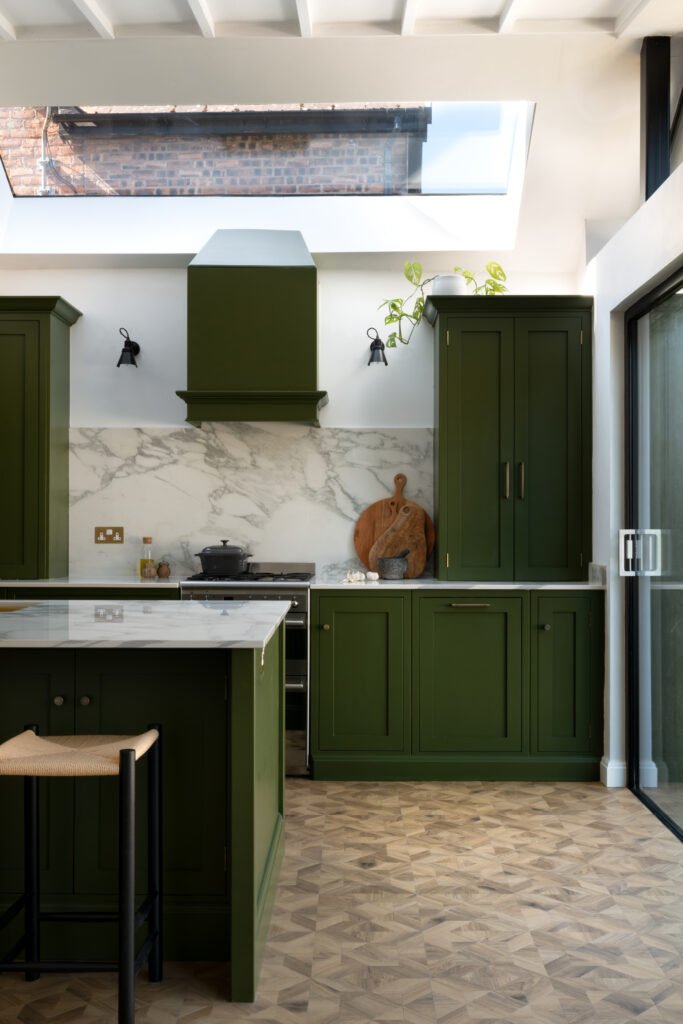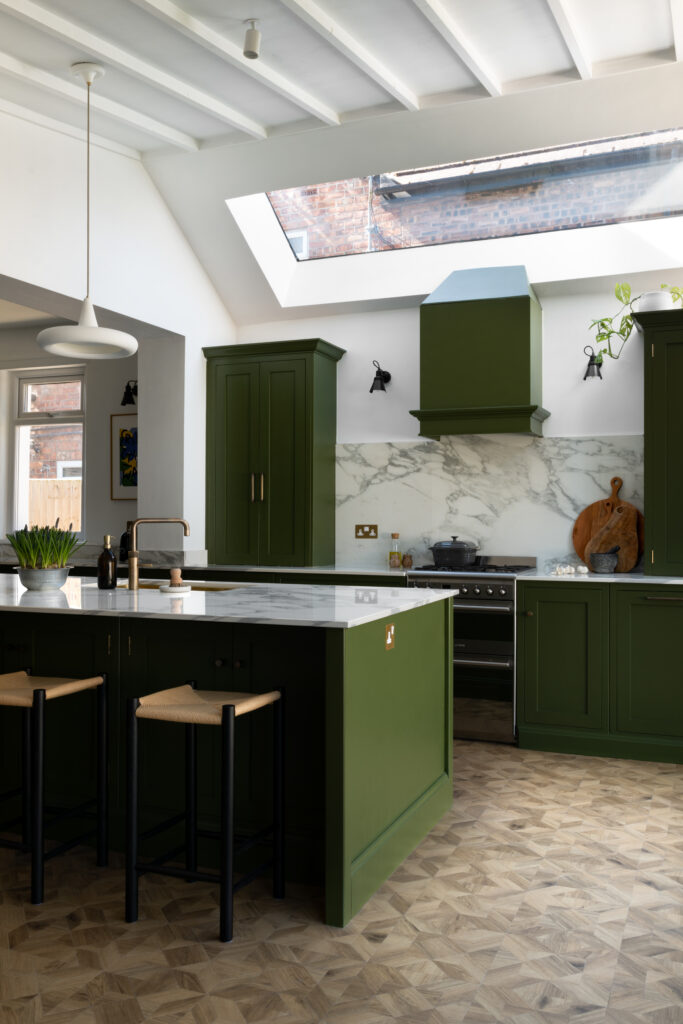Luxury Vinyl Tile (LVT) has become one of the most popular flooring choices for homes and commercial spaces alike. Its durability, affordability, and stylish designs make it a fantastic alternative to natural materials like wood and stone. But what exactly is LVT, how is it made, and how is it fitted? Let’s dive into the details.
What is LVT?
LVT, or Luxury Vinyl Tile, is a type of flooring designed to mimic the look and feel of natural materials such as hardwood, ceramic, or stone, while offering enhanced durability and easier maintenance. It is made from multiple layers of synthetic materials, including PVC (polyvinyl chloride), which makes it resistant to moisture, scratches, and everyday wear and tear. Unlike traditional vinyl flooring, LVT often comes in plank or tile formats and features realistic textures and patterns.
How is LVT Made?
LVT is engineered through a multi-layered manufacturing process that enhances its strength and aesthetics. The key layers include:
- Backing Layer – This base layer provides stability and helps with installation.
- Core Layer – A durable PVC layer that offers resilience and impact resistance.
- Print Layer – A high-resolution image layer that replicates wood, stone, or tile textures.
- Wear Layer – A transparent protective coating that guards against scratches, stains, and UV damage.
- Top Coating – Some LVT products include an extra for added UV protection
These layers are fused together using heat and pressure, resulting in a strong, flexible, and visually appealing flooring product.
How is LVT Fitted?
LVT is glued directly to the subfloor using a special adhesive, either pressure sensitive, or high temperature. This method provides maximum stability and longevity. Your fitter needs to ensure the subfloor is clean, dry, and smooth before installation and acclimate the LVT to the room’s temperature and humidity for at least 24 hours.
Why Choose LVT?
LVT offers numerous advantages over traditional flooring options:
- Water-resistant – Ideal for kitchens, bathrooms, and basements.
- Durable – Scratch-resistant and long-lasting.
- Easy Maintenance – Simple to clean with regular sweeping and occasional mopping.
- Affordable – Provides the look of wood or stone at a fraction of the cost.
- Comfortable Underfoot – Softer and warmer than ceramic tiles or hardwood.
Whether you’re renovating your home or outfitting a commercial space, LVT provides a stylish, practical, and cost-effective flooring solution.
Final Thoughts
Luxury Vinyl Tile is an excellent choice for anyone looking for beautiful, durable, and low-maintenance flooring. With its innovative construction, variety of styles, and easy installation methods, LVT continues to be a top choice for modern interiors. If you’re considering LVT for your next project, explore different styles and installation options to find the perfect fit for your space.

